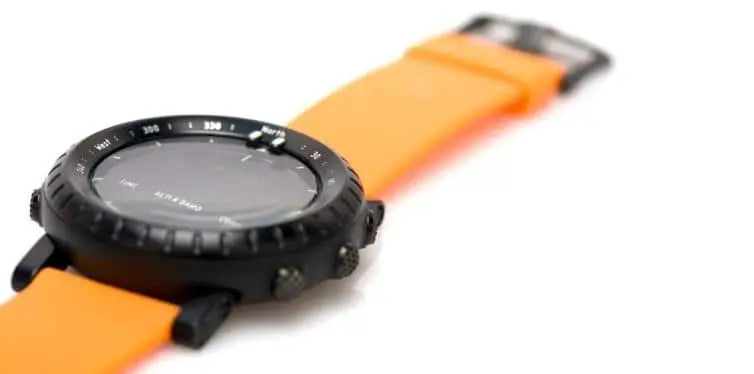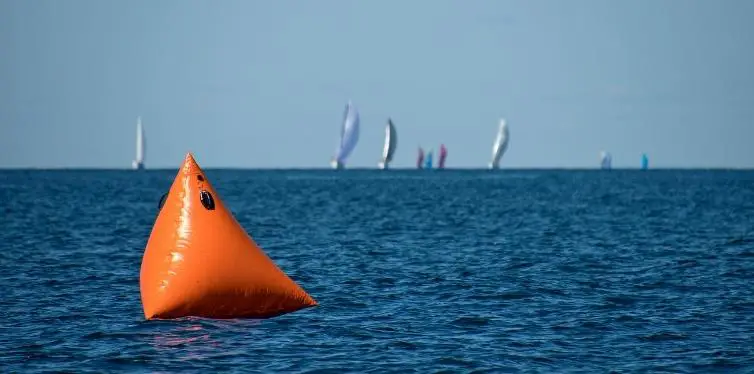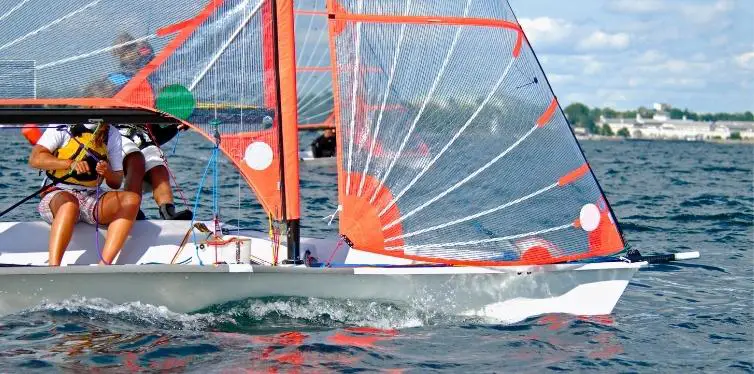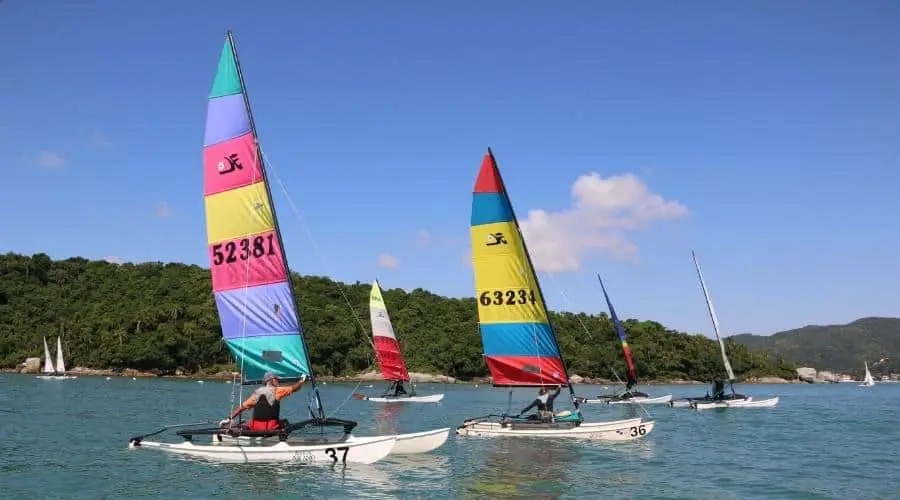A sailing race watch, or regatta watch, is an important tool to use while racing in your sailboat. A regular sailing watch, or just a plain watch in general, will lack a variety of features that are needed for racing.
Knowing the differences between the two is crucial for hunting down the best sailing race watch. As you’ll learn from reading, you’ll understand how important it is to have a sailing race watch.
You need a race watch to start a race at the exact moment it begins. Not having one could mean you start too late or risk being penalized for starting too early.
What is a Sailing Race Watch (Regatta Watch)
A sailing race watch is a timepiece that’s necessary for keeping time before starting a race. They have proven to be an effective tool for those that want to race in any condition, and it’s also important to know what makes a good sailing watch in general.
The moments leading up to the start of a race are just as intense as the race itself. You need to precisely keep the time, while also controlling your boat, in order to cross the starting line the moment the horn sounds.
Regatta watches help alleviate the stress of trying to keep track of how much time remains in the countdown.
How to Use a Sailing Race Watch

A sailing race watch has various ways of keeping time before a race begins. They’re usually multi-colored or have a numeric disc that’s rotating underneath the dial.
These will have colors or various numerals revealed through a window that is similar to a date disc.
Each one will have a slightly different look and function for operating the countdown feature.
You may have five various colored dots along with blue or red numerals along a colored background to indicate the countdown part of the watch.
If not, it could also be a separate chrono hand paired with colored zones using the watch’s bezel or even a completely separate scale located in the dial. It’s important to test out your watch before the day of the race.
Depending on which sailing race watch you have will determine the method of starting the countdown. Once it’s time to start the countdown, it’s as simple as clicking a button to put your watch into countdown mode.
From there, you’ll see how much time is remaining and you can receive audible alarms to let you know it’s getting close to the start time. For longer distance races, features included in a typical tide watch would be ideal.
How Does a Regatta Work
Regatta races are all set up very similarly, with the goal to be the first sailboat to complete the course. Depending on what race you compete in, there might be slightly different rules.
For example, there are three different types of races you might see in a regatta with different rules and scoring systems, all of which a sailing race watch will come in handy.
These include fleet racing, match racing, and team racing.
Course Outline

Regatta races are composed of several races, with the goal of winning or doing well in all of them to help your outcome. So winning an individual race is going to be one of the best things to do in the overall regatta race.
A horn will be used to alert racers that they have 10 to 15 minutes until it’s time to race. Additional horns might be used to alert racers of five minutes remaining, then a final cannon or horn is used to officially start the race.
The courses have an imaginary starting line and a buoy that is directly upwind of that location. Sometimes you’ll see an additional buoy that helps form a triangle.
All racers have to be behind the starting line before the race begins. Anyone that is ahead of the line when the race begins will be penalized, usually by being forced to turn around behind everyone else that is racing.
This is why having a sailing race watch is important in regatta races.
Penalties
There are officials in races that monitor them and hand out penalties when needed. While starting a regatta race too early is one penalty a good sailing race watch could help you avoid, other penalties are related to user error.
Other penalties include hitting a buoy, coming in contact with another boat, and delaying a turn for someone else.
The results of these actions are usually having to turn around completely in a circle, known as a “penalty turn”. The severity of the infractions could result in a double penalty turn.
Types of Regatta Races
Each Regatta race is unique and has its own set of rules. They differ based on teams, boats, and point systems.
Of course, some regatta “races” are very casual and longer distances, which require additional skills including navigation, passage planning, and monitoring of tides and weather.
Fleet Racing

Fleet racing is the most popular format of sailing races, especially with four out of six US college national championships using this format.
The number of teams competing will vary since it’s based on the number of teams competing times two divisions.
For example, if there are eight teams, then you’ll have 16 races. Teams are usually divided into two groups known as “A” and “B”, with each race alternating the two.
When someone on one team wins a race, they earn one point, while second place earns two points. Whichever team between the two divisions has the lowest total at the end will decide the winning team.
Team Racing

Team racing is similar to fleet racing, but is primarily done in spring. Two teams compete against one another with three boats on the water at a time.
Every team that is competing will face each other eventually in a round-robin style tournament. The best finishes from that will compete in another round-robin final four competition.
Once completed, the teams are graded based on their finishes in all aspects of each race. The finishing orders from the first round-robin and the final four will be used to determine which team was the best.
Whichever place you earn when crossing the finish line is the point total for your team. So if each boat on your team individually places first, fourth, and fifth, the total points are 10.
If the other team has second, third, and sixth, they earn 11 points. The team with 10 points is the winner, as they’ve placed better overall.
The course is set up differently than other races, almost in an “N” shape around four buoys. You can imagine the starting line at the bottom left corner of the letter, with the finish line at the top right corner.
Match Racing

Match racing is one of the least used formats for sailing races, especially on a collegiate level. These typically are for boats longer than 20 feet and have a few sailors on board.
These races are simply head-to-head matchups, with the winner crossing the line first. Some events host a handful of participants in a round-robin style but eliminate the ones that lose.
While simple in theory, it can be one of the more lopsided results in racing. Since most skilled racers train for a team or fleet with certain rules, a match race can leave you surprised at the end result since you are only relying on yourself.
Final Thoughts
The differences between the best sailing watches and regular watches are easy to spot, especially when you need one specifically for a race.
Preparing for a regatta can be stressful, so let a sailing race watch relieve some of that by helping you keep accurate time before the race.

